Iron and Steel
Steels Steels are iron-base alloys usually containing carbon. Figure 7.1 shows the iron-carbon phase diagram. Below 911°C and between 1410°C and the melting point, iron has a bcc crystal structure called ferrite . Between 1410°C and 911°C it has an fcc crystal structure called austenite . Austenite dissolves much more carbon interstitially than ferrite. On slow cooling below 727°C, the austenite transforms by a eutectoid reaction into ferrite and iron carbide or cementite (which contains 6.7%C). The ferrite and cementite form alternating platelets called the eutectoid temperature. The resulting microstucture is called pearlite (see Figure 7.2). Pearlite Formation When a steel containing less than 0.77%C ( hypo-eutectoid steel ) is slowly cooled, some ferrite forms before any pearlite. A steel containing more than 0.77%C ( hyper-eutectoid steel ) will form some cementite before any pearlite. The formation of pearlite from austenite on cooling requires diffusion of carbon from ahead of the advancing ferrite platelets to the advancing carbide platelets as indicated in Figure 7.3. Because diffusion takes time, pearlite formation is not instantaneous. The rate at which pearlite forms depends on how much the temperature is below 717°C. The rate of diffusion increases with temperature, but the driving force for the transformation increases as the temperature is lowered. The result is that the rate of transformation is fastest between 500 and 600°C, as indicated schematically in Figure 7.4.
{{comment.content}}
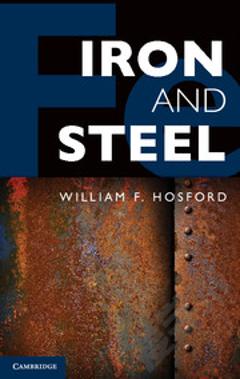
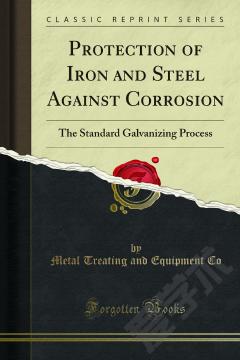
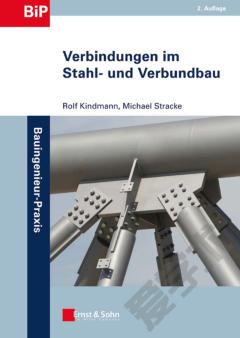
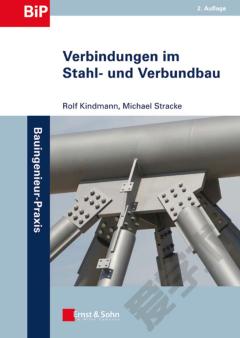
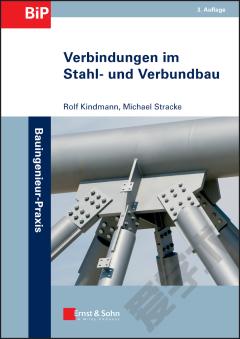
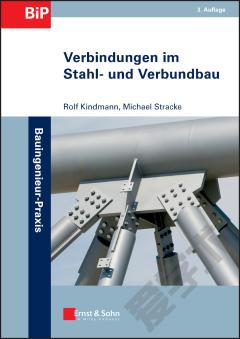


 京公网安备 11010802027623号
京公网安备 11010802027623号